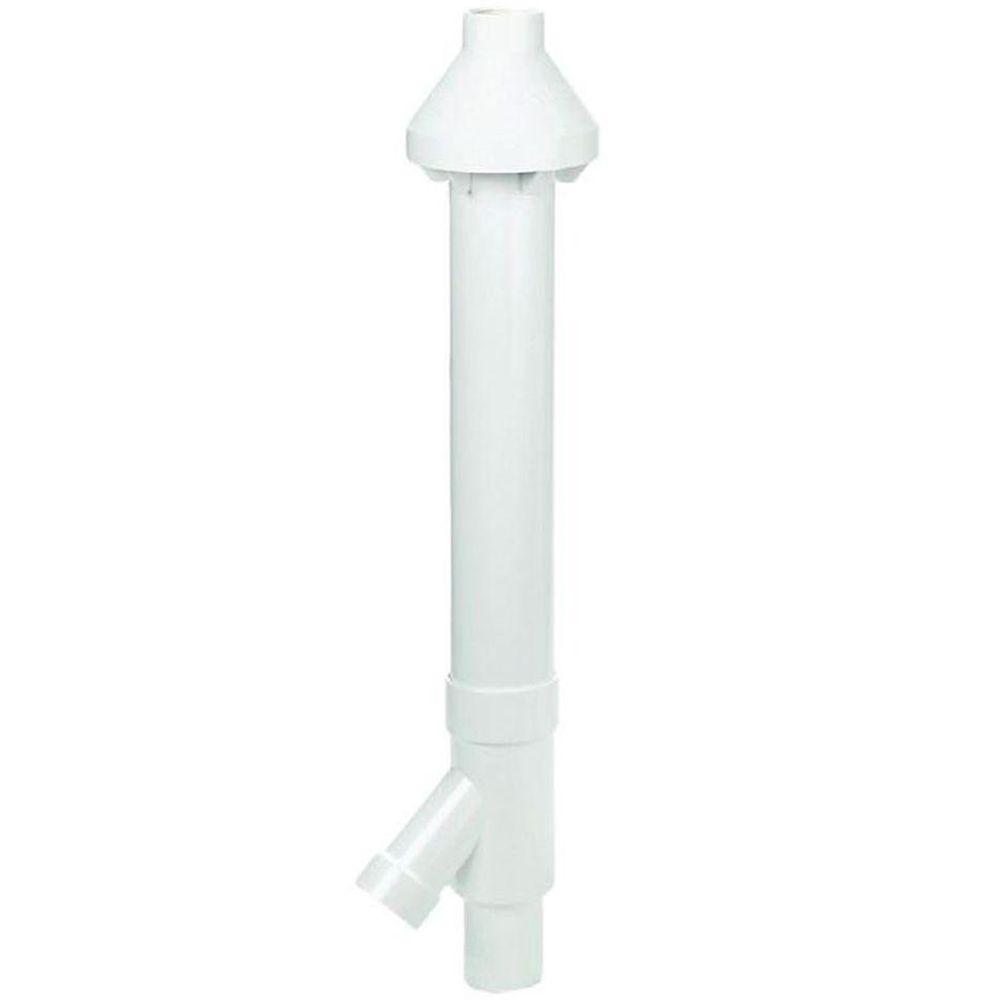High Efficiency Furnace Venting Through Roof

You can capture that heat with a high efficiency condensing furnace.
High efficiency furnace venting through roof. Run the vent pipe up through the roof and install a metal or pvc flashing collar over it. Should my furnace flue pipe go through the roof or the side of the house. This structure generally uses the furnace vent pipe through roofbecause the b venting pipe is designed in vertical manner. Both of these pipes are directed to the outdoors at about 95 of the furnaces that i inspect in minnesota.
The efficiency rating of a furnace is called afue annual fuel utilization efficiency. That depends on whether you have a standard efficiency or a high efficiency furnace. Also known as the type b this vent is operating on the natural air convection. It is classified as type bh venting.
High efficiency furnaces come with two pipes. One pipe brings combustion air directly into the furnace and mixes it with fuel. In a great majority of cases plastic piping is used to vent high efficiency equipment. In contrast modern high efficiency condensing furnaces exhaust much cooler gasses and need only plastic pipe materials such as pvc cpvc or abs for their exhaust vents some high efficiency furnaces also include a plastic pipe for intake area and all types.
It uses a venting system to extract that heat before venting. When the vent is withdrawing air from the house it expels the gas outside through the vent. Read rest of the answer likewise people ask can a high efficiency furnace vent through a chimney. A high efficiency condensing furnace can achieve efficiency ratings of 90 or above.
If your furnace has an afue rating below 90 percent it will most likely have a flue pipe that goes up through your roof. Match the vent pipe to the furnace maker s recommendations either sheet metal or vinyl. Due to the condensing nature of a high efficiency furnace its venting must be made of a material that is resistant to corrosion. A conventional furnace vents these combustion gases through a vertical exhaust system that is attached to the furnace.
The other pipe exhausts the combustion gases directly to the outdoors. A high efficiency furnace uses a different type of venting system because it extracts the heat that remains in those combustion gases before venting the resultant mixture of water and carbon dioxide. Traditional gas fired forced air furnaces produce hot combustion exhaust gasses and therefore need metal vent pipes or chimneys. High efficiency furnaces produce high amounts of condensation moisture in the exhaust vent which is designed to run back into and through the furnace in order to drain out into either a floor drain or other approved draining system.
So which type of venting system should your furnace have.



















